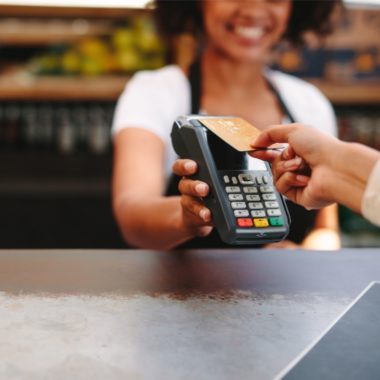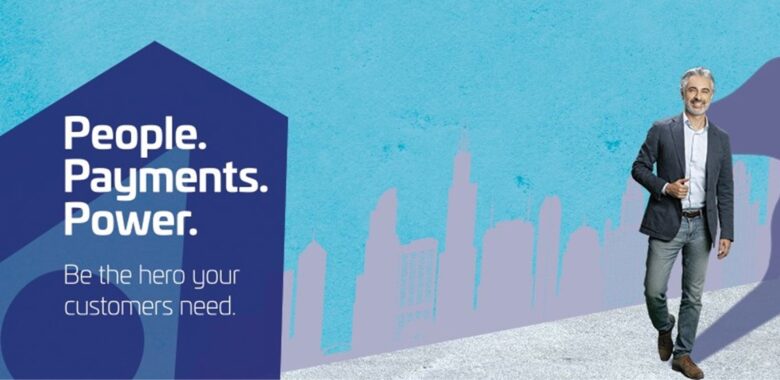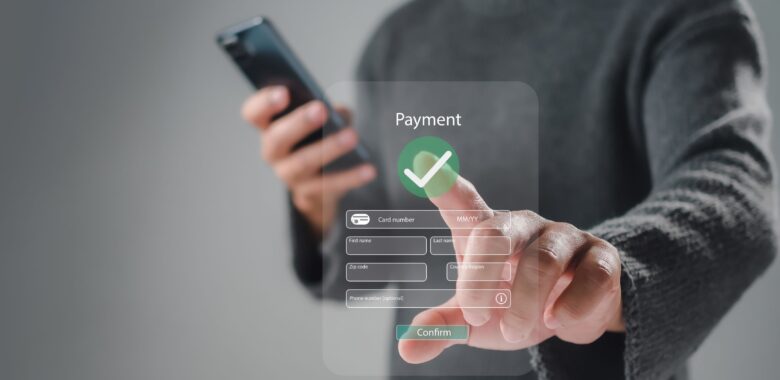As our world changes, consumer payment needs continue to adapt and evolve. The benefits of contactless payments provide an effective way to meet these needs, like decreasing the time it takes to pay for goods. There are benefits to issuers as well, such as increasing top of wallet usage.
While research and data findings are in the early stages, our current environment has and will continue to change behaviour in many sectors around the world. We are encouraged to social distance in the short-term and that may translate to long-term adaptations in our collective conscious as we move toward the future. In other words, social distancing practices may no longer be an exception but may become the norm.
On March 3rd, the World Health Organization (WHO) issued an advice report for consumers to stop using cash payments as a social distancing practice, and recommended contactless payments as a viable alternative.
Earlier this year, some of the largest credit union institutions in the U.S. launched contactless issuance and in our current environment, many financial institutions and vendors have seen a sharp uptick in contactless payment transactions. Similarly, in the UK, there has been a 60% fall in the number of withdrawals from cash machines, compared with the same period last year. Furthermore, data from Barclaycard showed that more than 7 million contactless payments have been made in the UK since the limit was increased to £45 .
U.S. grocery chain Publix has rolled out contactless payments for all of its 1,200 stores as of April 4, 2020 and Walmart has increased contactless payments on its mobile app throughout their stores. Some store chains are changing payment options to contactless on a municipal level. Charlotte, NC stores have rolled out contactless at grocery locations including Publix (as mentioned above), Bi-Lo and Lidl as part of their social distancing policies.
In May, both Mastercard and American Express reported a sharp rise in the numbers of contactless transactions based on client survey responses. Mastercard conducted a survey of 17,000 consumers worldwide. Nearly 8 in 10 (79%) reported they are now using contactless card payments for necessary purchases.
American Express reports COVID-19 is driving U.S. consumers to use contactless more than ever before. A total of 58% of U.S. contactless users report they are now more likely to use contactless than prior to the pandemic.
What does this mean for financial institutions? Faster adoption of contactless payment practices which minimise human-to-human contact while providing speed, convenience and security for the consumer. Contactless is here to stay.
Contactless delivers value to all
Contactless delivers value for all stakeholders: issuing banks, merchants and consumers.
The fast consumer adoption of contactless globally has validated their choice for quick, easy, secure, and hygienic practice of payment. The flexibility of using contactless payments for low value transactions has further advanced its adoption, making contactless payments ubiquitous in countries that have enabled the infrastructure on mass scale.
Issuing banks benefit from the conversion of low value cash transactions to card transactions, increasing the volume of transactions and cumulative transaction value. The convenience of contactless transactions translates into additional issuer benefits with increased loyalty, low attrition rates and top of the wallet status.
Enabling contactless POS transactions benefits merchants through faster checkouts, resulting in more consumers serviced in less time thus reducing the cost per transaction and increasing the number of transactions. In addition, it provides greater security due to less cash management, improved operations, and better customer experience because of less queuing. It also preserves the safety and integrity of the transaction by limiting staff-to-customer physical interactions, helping maintain the safety of employees and customers alike.
Contactless payments are convenient: no need to carry cash , easy and quick to use: no need to remember and enter a PIN code, faster than EMV contact transactions, simply tap your card on the payment terminal and you’re done, and secure: contactless cards have the same technology embedded like EMV contact cards.
Contactless payments are here to stay and offer an essential and compelling value proposition for all stakeholders.
Stay safe and healthy as we adapt and evolve into the payments of now.



